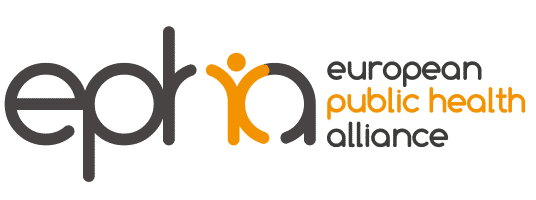Guest article by the Italian Association of Doctors for the Environment
More than 100 million citizens of the European Union cook with gas, including more than half of the homes in Italy, the Netherlands, Romania, Slovakia and Hungary. Only few know how this effects health. According to a study conducted by the non-profit energy efficiency group CLASP, the European Public Health Alliance (EPHA) and with the technical support of the Organization for Applied Scientific Research (TNO), cooking with gas in a common kitchen without proper mechanical ventilation causes domestic pollution by nitrogen dioxide and carbon monoxide. Registered levels of nitrogen dioxide exceed the limit of World Health Organization (WHO) guidelines on indoor and outdoor air quality, as well as European outdoor air pollution standards. This causes serious effects on health, especially for children; according to the study, in the last 12 months over 700,000 children have manifested asthma symptoms related to indoor gas cooking. Over 12% of EU children are currently affected.
Dr Maria Grazia Petronio, national Vice-president of the Association of Doctors for the Environment (ISDE Italia), says that:
“nitrogen dioxide is especially dangerous for children. In fact, exposure to this gas at an early age negatively affects the development and functional capacity of the lungs, which leads to greater vulnerability throughout life, making children with this developmental deficit more susceptible to the action of other pollutants with which they may come into contact later, such as cigarette smoke or other environmental pollutants. In Italy it is estimated that the anticipated mortality from exposure to environmental nitrogen dioxide values caused 11,158 cases of avoidable mortality in the year 2020.”
And in Italy? The CLASP study found that in the whole European Union, more than 30% of households cook with gas, Italy is in first place with 68.7%.
“The kitchen is where we spend most of our time at home, except for the bedroom at night. The air we breathe in the kitchen is on average more polluted than that of the other rooms. This requires attention in frequently airing the room intended for domestic socialising. When we cook, if our kitchen is equipped with gas stoves, we must know that many toxic-harmful substances are released into the indoor air, including nitrogen dioxide, carbon monoxide, carbon dioxide, ultrafine particles, and that these, if the environment is not well ventilated in a natural way with the opening of windows or thanks to dual flow mechanised ventilation systems, can concentrate and become dangerous for our health. On the other hand, whatever food cooking system we use – gas, induction, stoves, charcoal, wood – food releases potentially dangerous particles during the cooking phase. Think of the smoke generated by frying or grilling meat, water vapour which is emitted by boiling the pasta, and so on. These fumes can contain burnt food particles which are carcinogenic to humans, and increase the humidity levels of the indoor air, as well as the formation of secondary pollutants. Fundamental for the mitigation of the health risk is to equip the kitchen with an extractor hood and to carry out correct maintenance of the filters by washing them carefully several times a year”
says Alessandro Miani, President of the Italian Medicine Society Environmental (SIMA) and professor of Environmental Prevention at the Department of Environmental Sciences and Policies of the State University of Milan.
Transitioning to cleaner forms of cooking and cooking environments will improve the health of citizens, and importantly, children, in the EU, and create healthier air in indoor environments, where people spend most of their time.
Disclaimer: the opinions – including possible policy recommendations – expressed in the article are those of the author and do not necessarily represent the views or opinions of EPHA. The mere appearance of the articles on the EPHA website does not mean an endorsement by EPHA.
